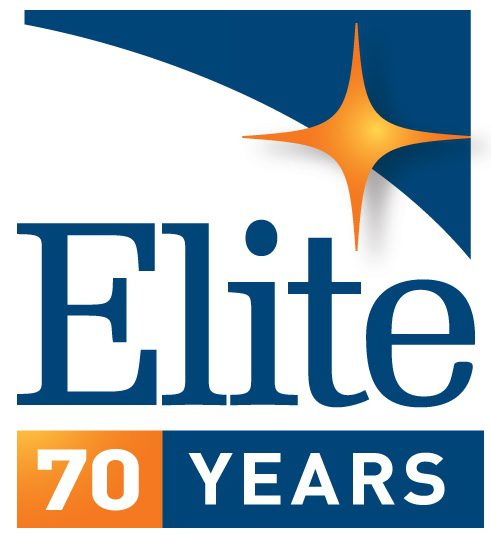August 6, 2019
Elite has been a leader in Lightning and Electromagnetic Pulse (EMP) Testing for decades thanks to the skill and dedication of Tom Klouda, Elite’s Director of Engineering. When he is not busy specifying new test equipment, verifying new test methods, or designing and building custom EMC and Environmental test systems, he is a member of the SAE AE2 Lightning standards committee responsible for ensuring that aircraft electronics are tolerant of lightning strikes.

Since 1988, Tom has grown our Lightning and EMP Testing capabilities to include three test setups that achieve Level 5 for all waveforms in RTCA DO-160 Section 22 and a custom EMP simulator to meet the requirements of MIL-STD-461 RS105. No other lab in the world combines the specialized resources and expertise in Lightning and EMP testing like Elite – and Tom is the driving force behind that accomplishment.
We asked Tom about his longtime interest in lightning simulation and testing, how it has shaped his career, and how he has helped to advance an important aspect of aviation safety.
Q: When did you get started with lightning testing?
My father James C. Klouda founded Elite Electronic Engineering Company in 1954. I started working at Elite officially in 1986. 33 years fly by when you’re having fun! I am now Vice President and Director of Engineering at Elite. Testing aircraft electronics and avionics to the indirect effects of lightning strikes and electromagnetic pulses (EMP) is a specialized area of expertise that I developed over many years. I became interested in this field when electromagnetic pulse (EMP) requirements were added to MIL-STD-461 and Indirect Lightning requirements were added to RTCA DO-160 Section 22. In 1988, I went to an EMP testing workshop to understand the EMP test methods. Elite soon became a leader performing EMP tests.
Q: What is most fascinating to you about lightning testing?
I soon discovered that EMP and lightning generators were not commercially available. These tests would require “homemade” equipment so I was excited to tackle that challenge. I worked with Elite’s senior engineers to design and develop lightning and EMP transient generators. The EMP requirement is to produce a damped sinusoid high-current transient on equipment interconnect cables – the first system we developed used a 12 kW pulsed amplifier that was the size of two large refrigerators side by side. A state-of-the-art arbitrary waveform generator was used to produce the damped sinusoid waveforms and a large clamp-on inductive coupler was used to induce the pulse on the interconnect cables.

Q: How has the understanding and modeling of lightning behavior changed over the years?
The indirect effects of lightning requirements replicate the transient levels that avionics will be subject to when an aircraft is struck by lightning. The challenge is to produce the correct wave shapes for multi-stroke and multiple-burst events – test levels and injection methods have been the focus of most of my career. My electrical engineering degree did not completely prepare me for a career in this field so I had to learn on the job. To learn more about lightning tests, I took a course at a laboratory with direct effects capabilities and witnessed controlled, direct lightning strikes on aircraft components.
Q: How have you benefitted from participating in lightning standards committees and other professional organizations?
The training course instructor was the founding chairman of the SAE AE2 Lightning committee. I later joined the SAE AE2 lightning committee and it has been a very rewarding experience. The committee provides insight and knowledge of how and why the test methods and waveforms were developed, including the basic research behind lightning behavior. Now I help develop new standards with other industry experts that are used to qualify new aircraft and all of their components. The colleagues I have met on the committee have also become my good friends.

Q: What is the most challenging project you have completed?
The coolest project I worked on was testing data entry panels that were installed on the U.S. Air Force B-2 Spirit stealth bomber – and that’s all I can share about that project. Another milestone in my career was to help design a commercially available lightning generator that meets the Level 5 requirements of RTCA DO-160 Section 22. This equipment is used in many manufacturers and test labs throughout the U.S., Europe, and Asia. It feels good to know I helped develop equipment that is making people safer when flying in storms.
Do you have Lightning or EMP Testing requirements to certify your aircraft electronics? Contact us today to experience the advantage of Elite’s resources and expertise to certify your products.
Labels:
